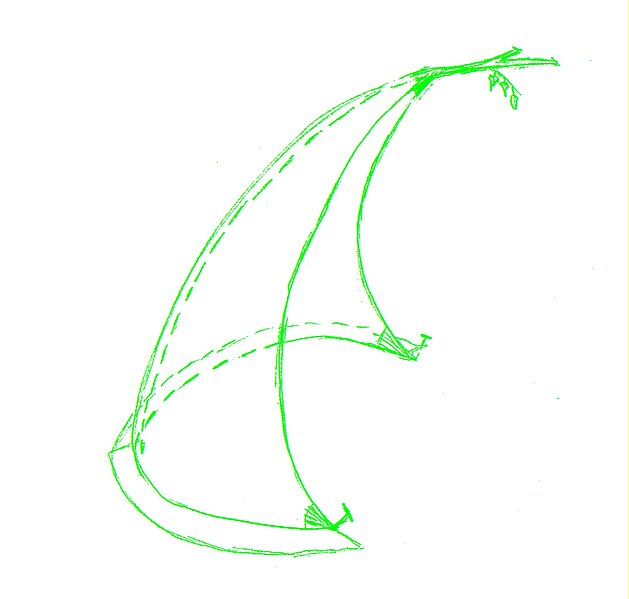Beckolja ?
This is the same product that is known as "pikiöljy" in Finnish. The Swedish one seems to be also a mix of some kind of oil to the pitch oil. Actually some of my manuals go with the tradition that it is best used as it is in raw state, taken that your skin can handle it...














